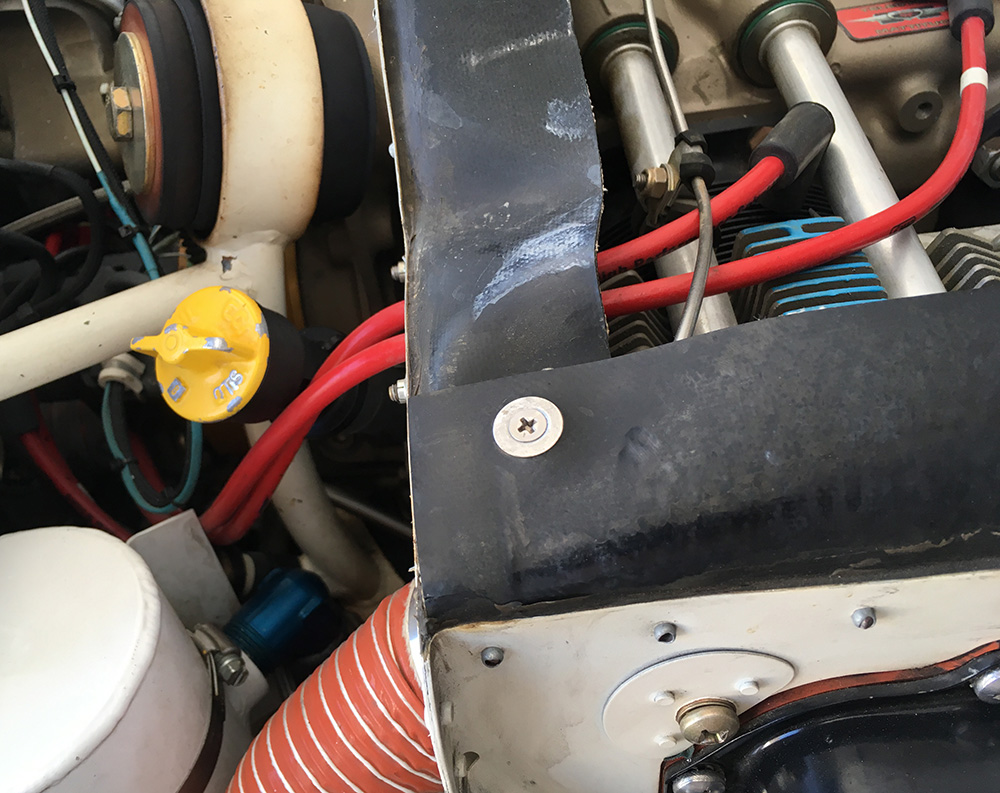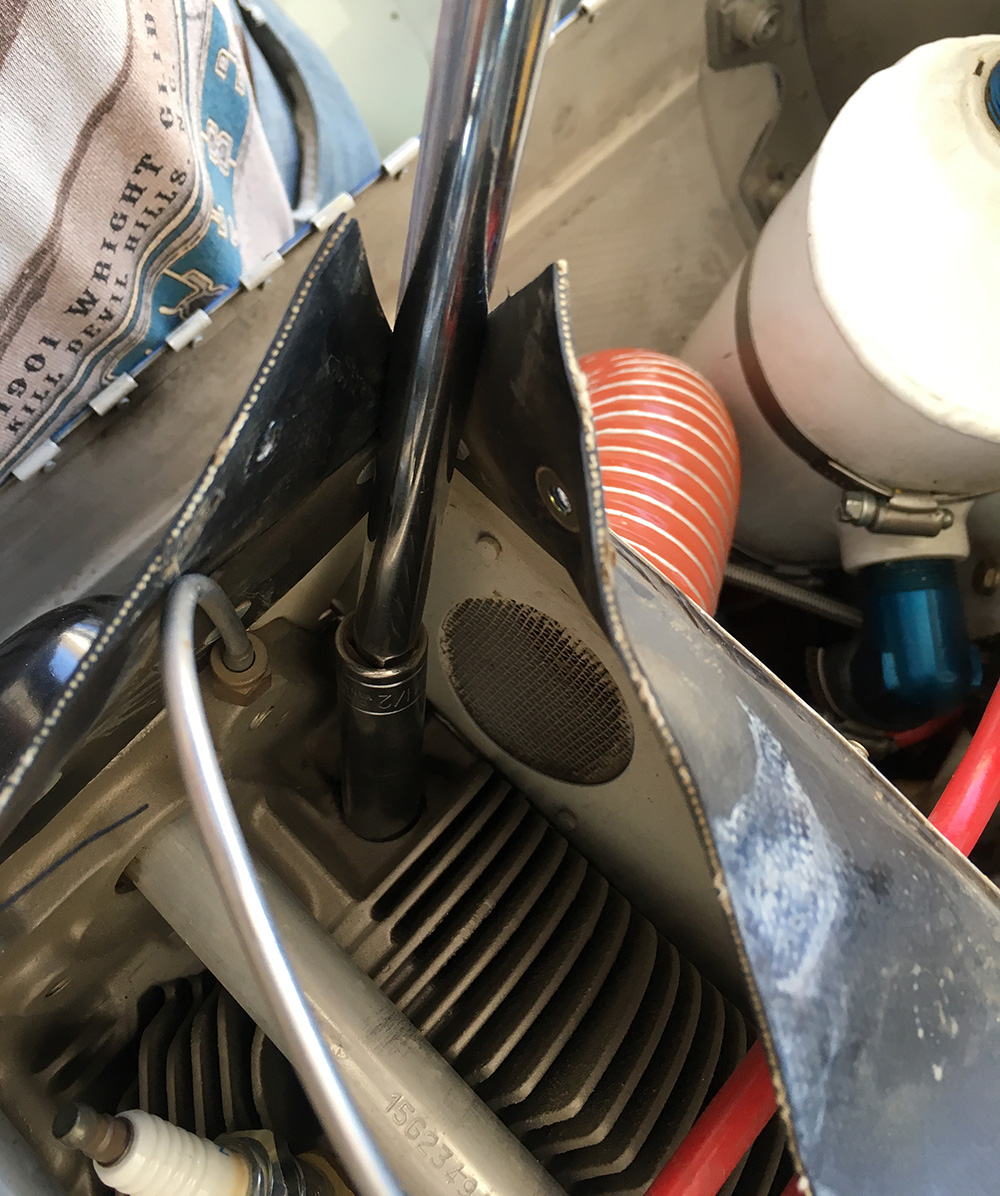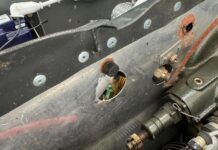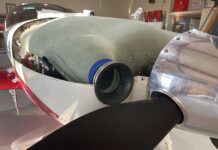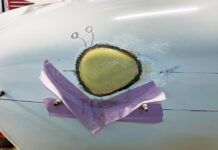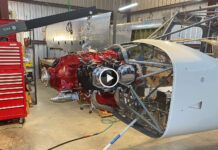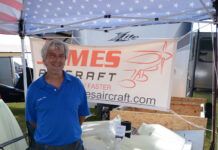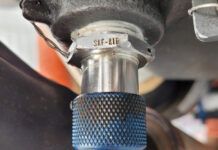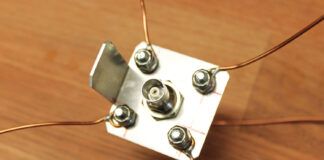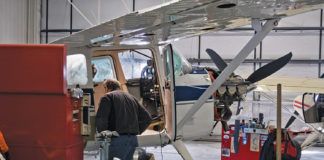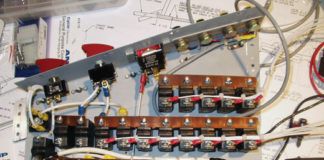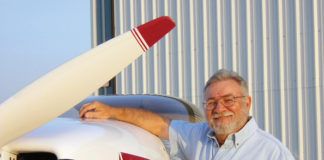Sometimes its just fine to be lucky when what you’d really like to be is good. Take, for instance, the rear corner of the typical baffle seals on a typical Lycoming installation. You have a baffle seal that comes down the side, and another that comes across the back–and where they intercept, you need to make sue that they overlap in a friendly way to get a good seal on the cowling. Sometimes, they just don’t want to be friendly when they are new, so I have always used a little persuasion – a flush #8 screw, Tinnerman washer, and nut on the back side. It holds the corner together nicely.
It turns out, I discovered another reason to do it this way the other day while cleaning the injectors on our IO-320-powered RV-3. The injectors on the right cylinders are on the rear of the heads, and you have to get at them with a 1/2” deep-well socket. With the baffle seals installed and trained correctly, you can get the socket on – but you can’t get a ratchet or extension in place. Enter the brilliant idea of screwing the corner together. What can be attached with screws can be un-attached quickly and easily.
And when you’re done with the job – it al assembles again just as quickly. I’d love to say I did it by design – but in this case… it was just a fortunate consequence of what I do normally.

